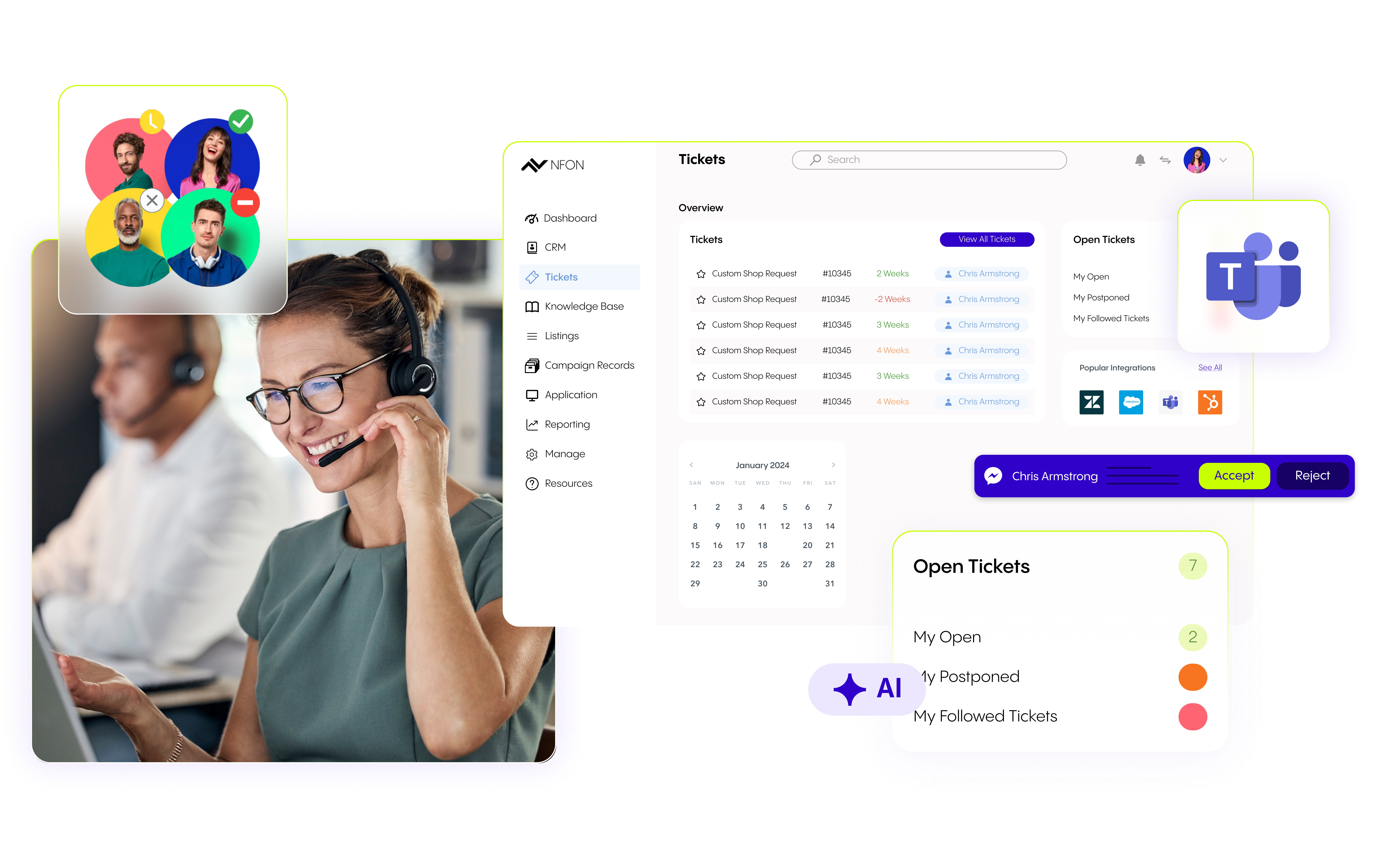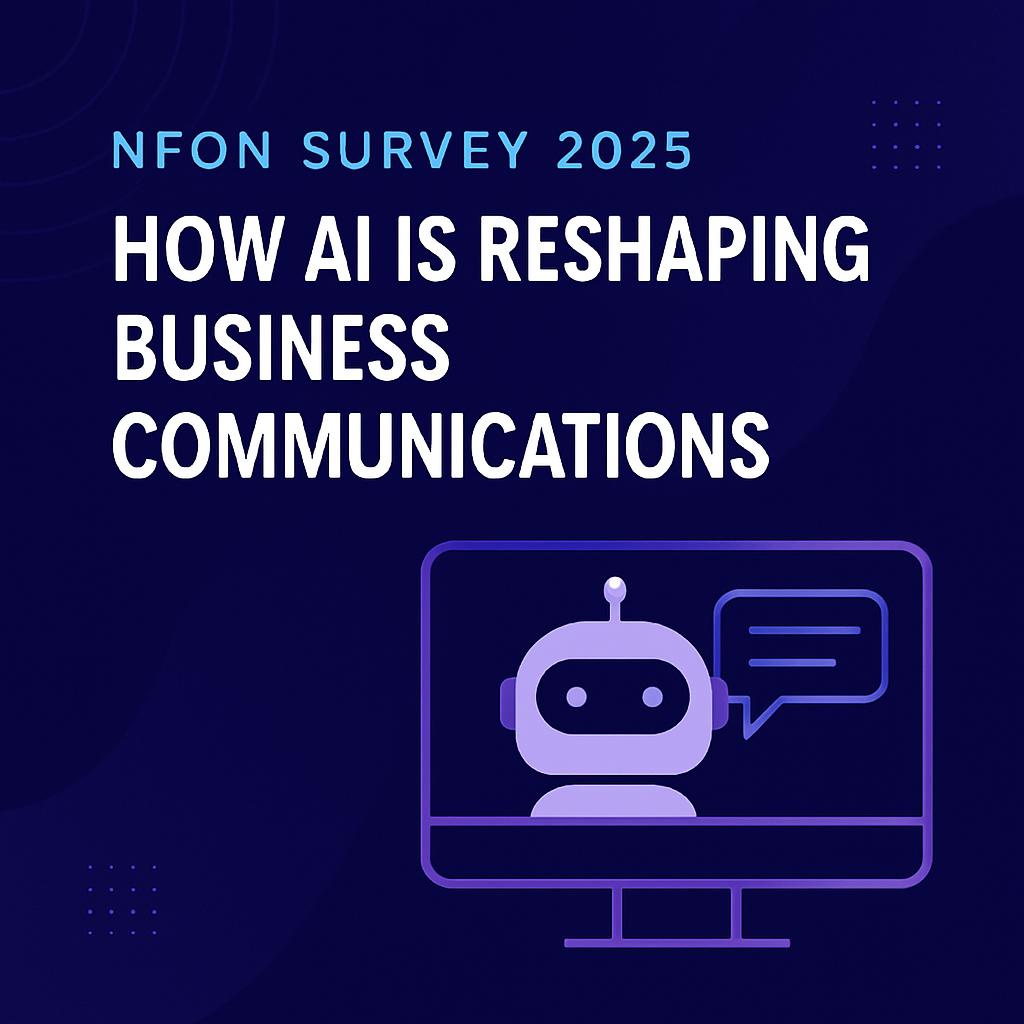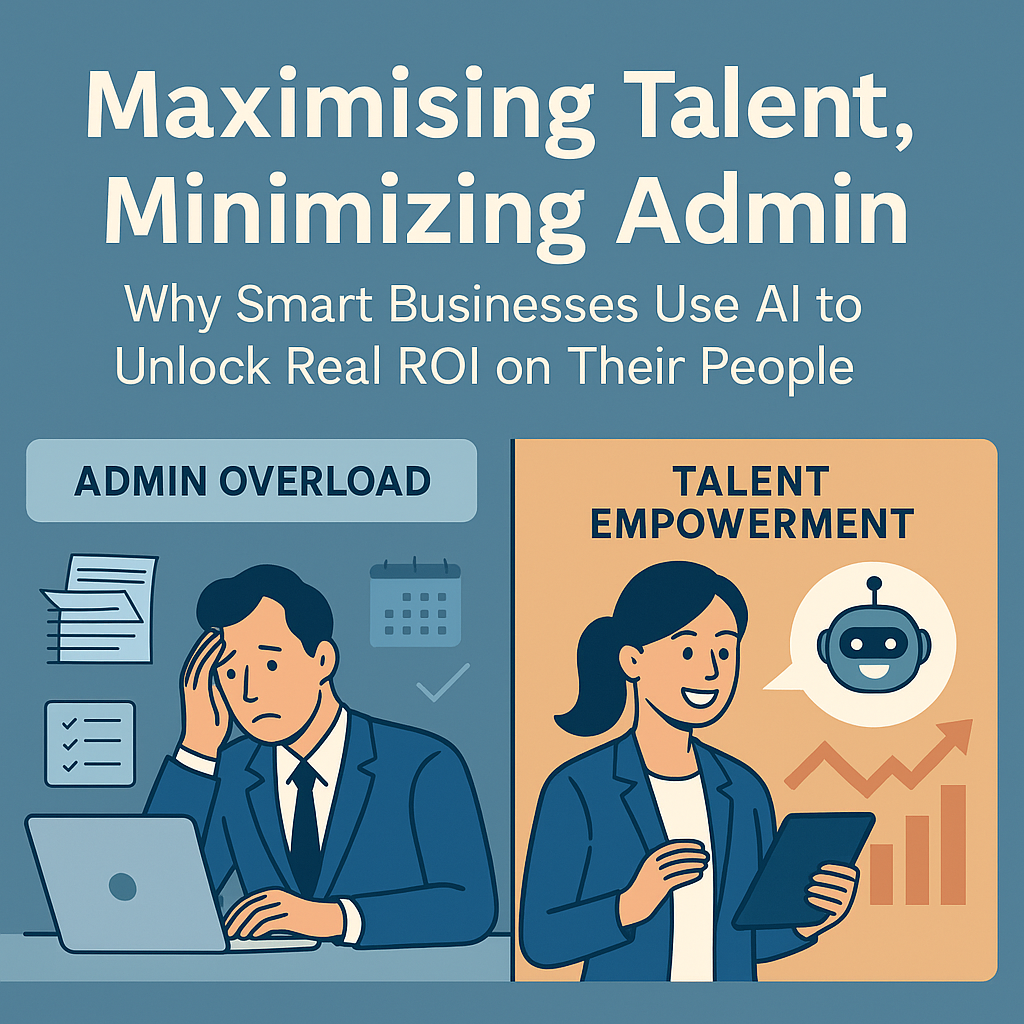Cloud technology has the potential to improve service delivery, strengthen security systems from cyber threats and radically transform working practices in Government. In order to streamline practices and drive positive change, however, effective and inclusive collaboration needs to take place. Cloud technology forms an infrastructure that can achieve this.
The opportunities within cloud technology have been widely acknowledged in the public sector for well over a decade; conversations around reshaping how Government workplaces operate have been happening since the launch of Government publication ‘Working Without Walls’ in 2004 and its updated version, ‘Working Beyond Walls’ in 2008, which introduced the concept of work being what we do, not a place we go.
Cloud technology has grown rapidly since then, but the road to widespread Smarter Working and true, pioneering collaborative practices have just begun. This blog explores 5 ways cloud technology encourages collaboration in Government.
- Cloud technology supports a dispersed workforce
With whole teams and organisations across the Civil Service working remotely during the pandemic, cloud technology has enabled work processes to continue and collaboration to soar. It has not only become the lifeline that has maintained vital public services - it has ensured consistent communications and accessible support between governing bodies and the public isn’t eliminated. In fact, it has prioritised them in a way that no other infrastructure could.
- Cloud technology ensures tools are fit for purpose
In 2014, the Cabinet Office launched the ‘The Way We Work’ (TW3) proposal, which outlined the potential for modern Government work practices to be thoughtfully built with mobile technology to support flexibility and collaboration. Fast forward to 2021, our working lives have become dominated with technology devices and applications, from video conferencing platforms, VoIP applications and social media channels, to networked mobiles and telephony.
Technology has fostered a culture of fast communication, fast document sharing, and a far easier means of collaborating with others across departments and organisations from a single accessible platform. The Way We Work (TW3) programme emphasised the importance of emerging cloud technologies in integrating the dispersed estate of home office and IT, and yet we may have underestimated how important its role will be in achieving everything from long-term cost-savings to collaborative practices between Government organisations and their partners.
- Cloud technology empowers employees to be in control
This point has been somewhat touched upon in the points above, but it is worth emphasising because of the importance it places on people. In a period where remote working has been established across Government organisations, cloud technology has given staff more flexibility in how they work and what influences their work behaviours. Having more control over our lives is important, and it is empowering to have options.
Digital skills are opening up doors for people to work anywhere, in the way that they feel comfortable, and they are connecting with others and building collaborative relationships in new ways. In this way, Cloud technology can help foster and retain talented individuals across the Civil Service.
- Cloud technology actively prioritises seamless communication
More than ever, citizens demand accessibility and an optimised customer experience across a multitude of platforms and devices. This is a minimum expectation for people of all ages, and Government organisations are already making headway in this space. However, the pandemic has highlighted where communication is failing and where urgent improvements need to be made. Going forward, technology needs to fill these gaps. For example, integrating data analytics and automation is crucial to help Government organisations make the right calls with their communication strategies and create positive impact.
- Cloud technology improves service delivery
If Government organisations continue to focus their time, energy and resources on maintaining and fuelling obsolete legacy systems, there leaves little room to build a culture of innovation that is required for long-term growth. Central and local government have a pressing need to modernise practices and build a foundation of digital transformation centred on the collaboration of staff and citizens and the accessibility of information.
Progress has been made in this area during the pandemic, but we need to ensure it continues long after the dust has settled - doing so will have far-reaching benefits on the efficiency and effectiveness of service delivery.
Predicting the future of Cloud Technology with NFON
Despite the challenges around technology integration and digital skill shortages in staff during the pandemic, cloud technology has become the glue that has held the public sector together and allowed collaboration in Government to live and thrive. Because of this, cloud technology will form a key component in our post-pandemic future, as working behaviours of Civil servants across Government continue to change and organisations adapt hybrid working models.
What can possibly be achieved when cloud technology is implemented with efficiency, effectiveness and thoughtful collaboration? It is impossible to answer with any accuracy, but we’d guess the opportunities for growth - greater services for citizens and greater working lives for Civil Servants - are endless.
Cloudya, the cloud telephone system from NFON, is making a positive impact on the public sector by centralising communication touch points for staff and offering accessible support for citizens.
Click here to find out more about how NFON solutions help organisations in the public sector.









